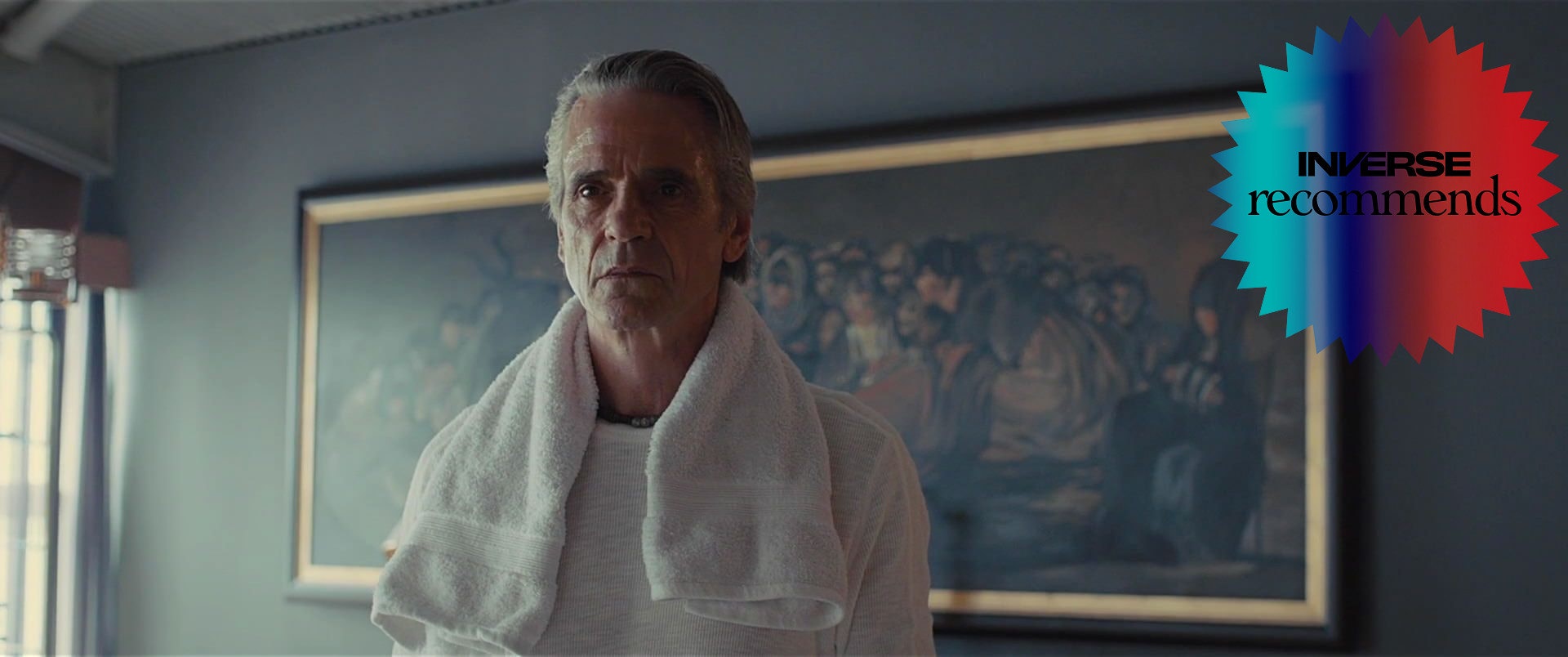
The problems of housing are nebulous, often becoming metaphors for society at large. Today, a battle wages between NIMBYs and YIMBYs over zoning and homelessness. In the 2010s, hipster gentrification loomed as cities made way for the so-called “creative class,” and in the 2000s a housing bubble started the Great Recession.
In the 1970s, the cities themselves were seen as the problem. After the boom of the 1950s and the tumult of the 1960s, many cities were seen as experiments gone awry. New York, suffering under austerity, was deemed “Fear City” by its own police department. The Pruitt-Igoe housing project in St. Louis became a metaphor for urban failure.
As crime rose and living conditions worsened for many, the suburbs grew richer. This change didn’t escape the eye of novelist J.G. Ballard. In a 1978 interview discussing his latest work, High-Rise, he described “members of a professional caste” who “play in an elaborately signaled landscape where they understand all the codes that govern.”
Ballard takes this group to task in his novel, and Ben Wheatly does the same in his 2015 movie adaptation of the same name. While the nature of housing struggles may have shifted with the decades, the tensions over who gets to live where have not. As such, High-Rise strives to capture a vibe over a specific plot.
The movie opens with Dr. Robert Laing (Tom Hiddleston) in dire straits. He’s stuck in his apartment building amid a post-apocalyptic scene, with dead bodies strewn all around. He’s resorted to killing and roasting a dog. Then, just as quickly as the viewer is introduced to this harsh reality, they’re whisked away to three months earlier, as a very dapper Laing moves into his new building, a brutalist tower that doubles as a self-contained city with its own supermarket, swimming pool, gym, and school. There’s no real reason to leave, so everyone stays.
The architecture reflects the reality of the ‘70s, where brutalism was in fashion for its earnestness — here was a concrete structure that would proudly display its concrete nature. But the style quickly became associated with the fact that these motives belied what was happening inside the buildings. Laing lives between a brutal class war, with those on the higher floors living in hedonistic excess while those below him struggle to get basic needs met.

Laing gets involved with both sides. He befriends the documentary filmmaker Richard Wilder (Luke Evans), his pregnant wife Helen, (Elisabeth Moss), and he starts sleeping with single mom Charlotte (Sienna Miller), all from the lower floors. But he also draws the interest of the architect of the entire project, Anthony Royal (Jeremy Irons). Royal invites him to the building’s rooftop garden, an idyllic Victorian project complete with horses.
The horses are his wife Ann’s (Keely Hawes) idea, but the rest is all Anthony, who envisions not just one building but five, like a hand. Anthony’s quick friendship with Laing upsets other upper floor dwellers, who make sure to laugh at Dr. Laing when he dares comes to their costume party with a cheap bottle of wine.

Another element High-Rise borrows from the 1970s is its pacing. It’s not an easy movie to follow, as scenes often blend into each other, are interrupted with dream sequences, or just don’t feel related. Characters suddenly sleep with each other without much warning, care for infidelity, or concern over their children hearing them. And as the class war worsens, life at the high-rise becomes increasingly violent. Richard is attacked after deciding he wants to expose the injustices of the building, and Laing attacks a man for trying to steal a can of paint.
A worse version of High-Rise could be a meandering movie increasingly prone to violence. But Wheatly’s trust in the physicality of his actors helps keep even the hardest scenes from dragging. As Laing grows unstable, it’s hard to stop watching. As a narrative slowly builds around the true father of Charlotte’s son, it becomes clear that the problems of the high-rise are far more interconnected than its residents would like to believe. As a society in a building, High-Rise isn’t optimistic. But it is fascinating.
High-Rise is streaming on HBO Max until June 30.







